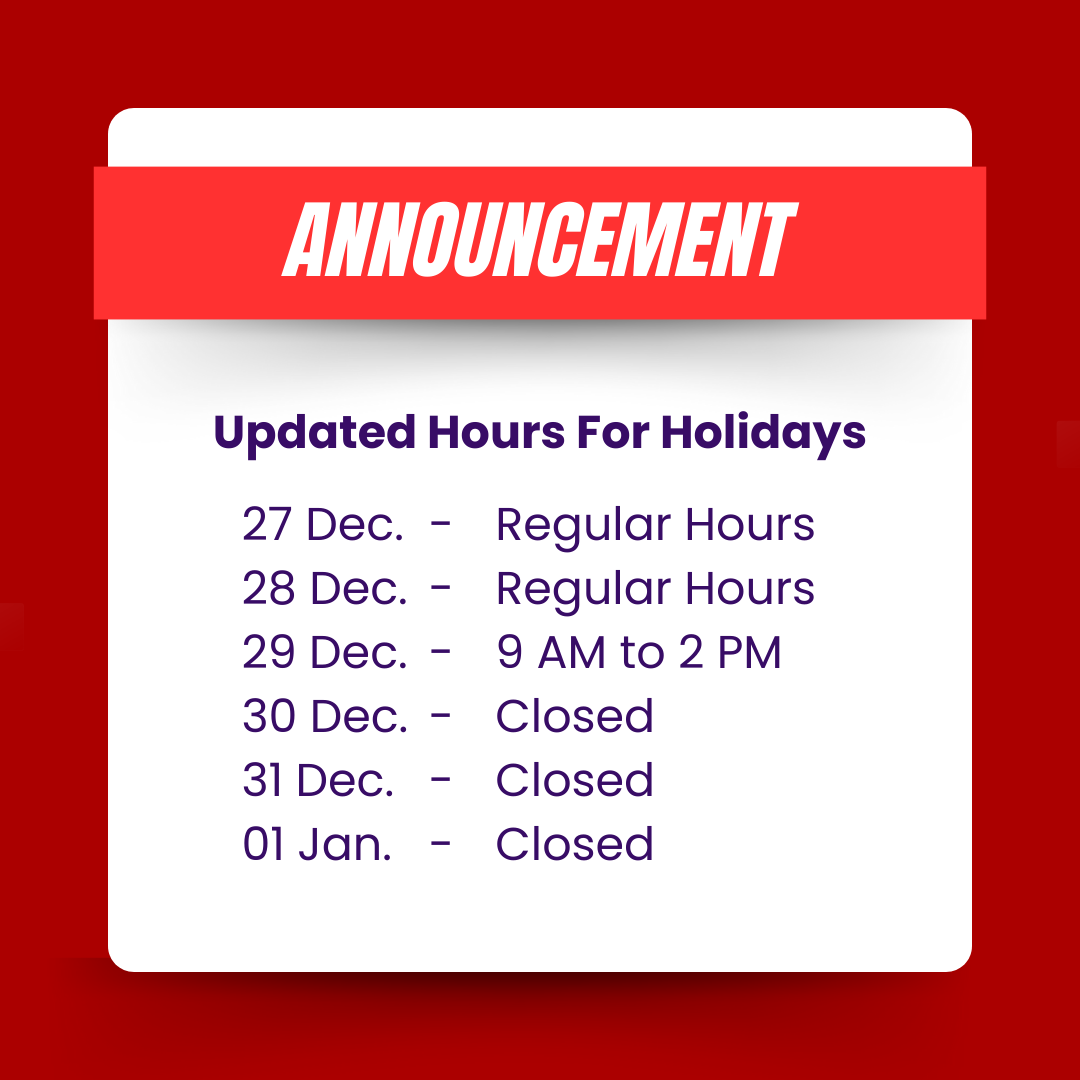Insurance is an essential aspect of financial planning, offering protection against unexpected events and providing peace of mind. However, understanding the costs associated with insurance can be complex due to the myriad of factors that influence premiums. In this comprehensive guide, we will explore the various components that determine insurance costs, helping you make informed decisions and potentially save money. Ready to find the best insurance rates tailored to your needs? Explore Aaxel Insurance today!
1. The Basics of Insurance Costs
Insurance costs, commonly referred to as premiums, are the amount you pay to an insurance company in exchange for coverage. These costs can vary widely based on several factors, including the type of insurance, the coverage amount, and individual risk factors.
Factors Influencing Premiums
Insurance companies use a process called underwriting to assess the risk of insuring an individual or entity. Key factors influencing premiums include:
- Type of Insurance: Different types of insurance, such as health, auto, home, and life, have different cost structures.
- Coverage Amount: Higher coverage limits generally result in higher premiums.
- Deductibles: Policies with higher deductibles typically have lower premiums, as the policyholder assumes more risk.
- Policyholder’s Risk Profile: Factors such as age, health, lifestyle, and driving record can significantly impact premiums.
How Premiums are Calculated
Insurance companies employ actuaries to analyze statistical data and determine the likelihood of a claim being made. This analysis includes historical data, trends, and predictive modeling. Based on this assessment, insurers set premium rates that reflect the perceived risk.
Understanding the basics of insurance costs is crucial for selecting the right coverage and managing your financial obligations effectively.
2. Types of Insurance and Their Costs
Different types of insurance serve various purposes and have distinct cost structures. Here, we delve into the costs associated with common types of insurance.
Health Insurance
Health insurance costs are influenced by factors such as age, location, plan type, and health status. Premiums for health insurance can be substantial, especially for comprehensive plans with low deductibles and extensive coverage. Additional costs may include copayments, coinsurance, and out-of-pocket maximums.
Auto Insurance
Auto insurance premiums are determined by factors like driving history, vehicle type, age, gender, and location. Safe drivers with a clean record generally pay lower premiums, while those with accidents or violations face higher costs. Vehicle safety features and anti-theft devices can also impact premiums.
Homeowners Insurance
Homeowners insurance costs depend on the value of the home, location, coverage amount, and the homeowner’s claims history. Homes in areas prone to natural disasters typically have higher premiums. Discounts may be available for homes with security systems, smoke detectors, and other safety measures.
Life Insurance
Life insurance premiums are based on the policyholder’s age, health, lifestyle, and the type of policy (term or whole life). Younger, healthier individuals pay lower premiums, while those with health issues or engaging in high-risk activities face higher costs.
Other Types of Insurance
Other insurance types, such as renters, travel, and pet insurance, also have unique cost structures influenced by specific risk factors and coverage options.
Understanding the cost dynamics of various insurance types helps in selecting appropriate policies that align with your needs and budget.
3. How to Reduce Insurance Costs
While insurance is essential, there are several strategies you can employ to reduce your insurance costs without sacrificing necessary coverage.
Shop Around and Compare Quotes
One of the most effective ways to lower your insurance costs is to shop around and compare quotes from multiple insurers. Different companies offer varying rates for similar coverage, so obtaining multiple quotes can help you identify the best deal.
Bundle Policies
Many insurance companies offer discounts for bundling multiple policies, such as auto and homeowners insurance. Bundling can lead to significant savings and simplify your insurance management.
Increase Deductibles
Opting for higher deductibles can lower your premiums, as you agree to pay more out-of-pocket in the event of a claim. Ensure you can afford the deductible amount in case of an incident before choosing this option.
Maintain a Good Credit Score
In many regions, insurers use credit scores to assess risk. Maintaining a good credit score can lead to lower premiums, as it indicates financial responsibility and lower risk.
Take Advantage of Discounts
Insurance companies offer various discounts that can reduce your premiums. Common discounts include safe driver discounts, multi-policy discounts, loyalty discounts, and discounts for installing safety features in your home or vehicle.
Review and Adjust Coverage
Regularly review your insurance policies to ensure you have the right coverage. Adjusting coverage limits and eliminating unnecessary riders or endorsements can help reduce costs.
By implementing these strategies, you can effectively manage and reduce your insurance expenses.
4. The Role of Risk in Insurance Costs
Risk assessment is a fundamental aspect of determining insurance costs. Insurers evaluate risk to predict the likelihood of a claim being made and set premiums accordingly.
Understanding Risk Assessment
Insurers use underwriting to assess the risk associated with insuring an individual or entity. This process involves evaluating various factors to determine the probability and potential cost of a claim. Higher-risk individuals or properties typically face higher premiums.
Factors Influencing Risk
- Health and Lifestyle: Health insurance premiums are influenced by factors such as age, pre-existing conditions, and lifestyle choices like smoking or excessive alcohol consumption.
- Driving Record: Auto insurance costs are impacted by a driver’s history of accidents, traffic violations, and claims. Safe drivers with clean records are considered lower risk.
- Location: Homeowners insurance premiums vary based on the location of the property. Homes in areas prone to natural disasters or high crime rates are considered higher risk.
- Occupation and Hobbies: Life insurance costs can be influenced by the policyholder’s occupation and hobbies. High-risk occupations and hazardous hobbies may result in higher premiums.
Managing and Mitigating Risk
Policyholders can take steps to manage and mitigate risk, potentially lowering their insurance costs. For example:
- Healthy Lifestyle: Adopting a healthy lifestyle can reduce health insurance premiums.
- Safe Driving: Maintaining a clean driving record and taking defensive driving courses can lower auto insurance costs.
- Home Safety: Installing security systems, smoke detectors, and other safety measures can reduce homeowners insurance premiums.
- Occupational Choices: Choosing lower-risk occupations and avoiding hazardous hobbies can impact life insurance costs.
Understanding the role of risk in insurance costs helps policyholders take proactive measures to manage their risk profile and potentially lower their premiums.
5. Understanding Policy Terms and Conditions
Insurance policies come with various terms and conditions that affect coverage and costs. It is crucial to understand these terms to make informed decisions and avoid unexpected expenses.
Key Policy Components
- Premiums: The amount paid to the insurance company for coverage.
- Deductibles: The amount the policyholder must pay out-of-pocket before insurance coverage kicks in.
- Coverage Limits: The maximum amount the insurer will pay for a covered claim.
- Exclusions: Specific conditions or circumstances that are not covered by the policy.
- Endorsements/Riders: Additional coverage options that can be added to the policy for an extra cost.
Reading and Understanding Your Policy
Carefully read your insurance policy to understand the coverage, limits, exclusions, and any additional terms. Pay attention to the fine print and clarify any doubts with your insurance provider. Understanding your policy helps ensure you have the right coverage and prevents surprises during the claim process.
Reviewing and Updating Your Policy
Regularly review your insurance policies to ensure they continue to meet your needs. Life changes such as getting married, having children, buying a home, or changing jobs can impact your insurance requirements. Update your policies accordingly to maintain adequate coverage.
By understanding policy terms and conditions, you can make informed decisions, avoid unexpected expenses, and ensure you have the appropriate coverage for your needs.
Conclusion
Understanding insurance costs involves comprehending the various factors that influence premiums, the different types of insurance and their cost structures, and strategies to reduce expenses. By shopping around, leveraging discounts, managing risk, and thoroughly understanding policy terms, you can make informed decisions that balance adequate coverage with affordability. Regularly reviewing and updating your insurance policies ensures they continue to meet your evolving needs, providing financial protection and peace of mind.







